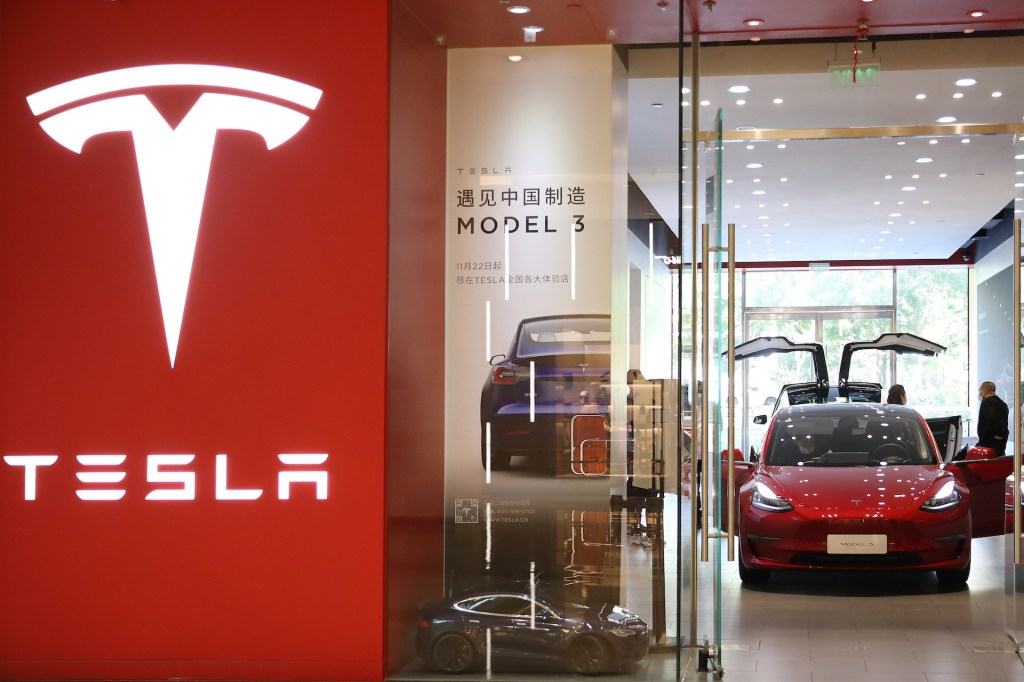In a decisive move to enhance road safety and consumer transparency, China’s Ministry of Industry and Information Technology (MIIT) has mandated that automakers refrain from using terms such as autonomous driving, self-driving, and smart driving in their advertising materials. This directive, issued during a recent meeting with nearly 60 automobile manufacturers, aims to prevent misleading representations of vehicles equipped with advanced driver-assistance systems (ADAS).
Background and Rationale
The impetus for this regulatory action stems from a fatal incident involving Xiaomi’s SU7 sedan in March 2025. Preliminary investigations revealed that the vehicle crashed and caught fire shortly after the driver resumed control from the ADAS system. This tragedy has intensified scrutiny over the safety and marketing of ADAS technologies.
Regulatory Measures and Industry Impact
Beyond advertising restrictions, the MIIT has introduced stringent regulations concerning over-the-air (OTA) software updates for driving-related features. Automakers are now required to conduct comprehensive testing and obtain official approval before deploying such updates to vehicles already in consumers’ possession. This measure is designed to prevent manufacturers from using OTA updates to conceal defects or evade liability.
The Chinese automotive market has witnessed a surge in the introduction of vehicles equipped with ADAS, with companies like BYD, Leapmotor, and Toyota offering affordable models featuring these technologies. However, the rapid proliferation of such features has raised concerns about overcapacity and the potential for misleading marketing practices. Analysts suggest that the new regulations may increase costs and slow technological development but could also prompt necessary consolidation within the industry.
Broader Regulatory Context
This crackdown is part of a broader effort by Chinese authorities to manage the unexpectedly rapid growth of the electric vehicle (EV) market, which now accounts for over half of total vehicle sales. In December 2024, Beijing approved new regulations on autonomous vehicles, set to take effect on April 1, 2025, marking significant progress in advancing autonomous vehicle technologies in the Chinese capital. These guidelines cover areas such as infrastructure planning, on-road traffic management, and safety assurance, providing a clear regulatory framework for autonomous vehicles equipped with Level 3 and higher systems.
Additionally, in February 2025, the MIIT issued guidelines requiring regulatory approvals for autonomous driving-related OTA software upgrades. This measure aims to prevent automakers from using these upgrades to hide defects or evade liability. Companies like Tesla and Xiaomi have previously utilized OTA upgrades to address software bugs. Under the new rules, these upgrades are classified as product recalls, and automakers must halt the manufacture and sale of defective vehicles immediately. If main technical parameters need adjusting to correct defects, a license is required before production can continue. Moreover, automakers are prohibited from marketing driver assistance systems as autonomous driving systems and must report any system failures, collisions, or accidents to the industry ministry and market regulator.
Industry Response and Future Outlook
The automotive industry is now tasked with aligning its marketing strategies and technological development with these new regulations. While the restrictions may pose challenges, they also present an opportunity for manufacturers to build consumer trust through transparent communication and rigorous safety standards. As the EV market continues to evolve, adherence to these regulations will be crucial in ensuring sustainable growth and innovation within the sector.



